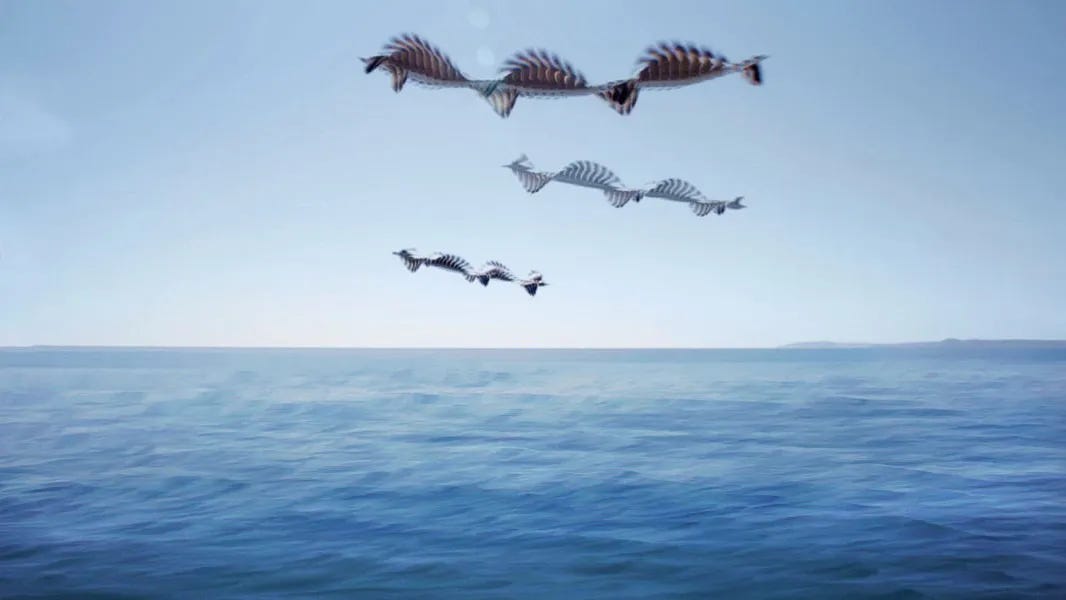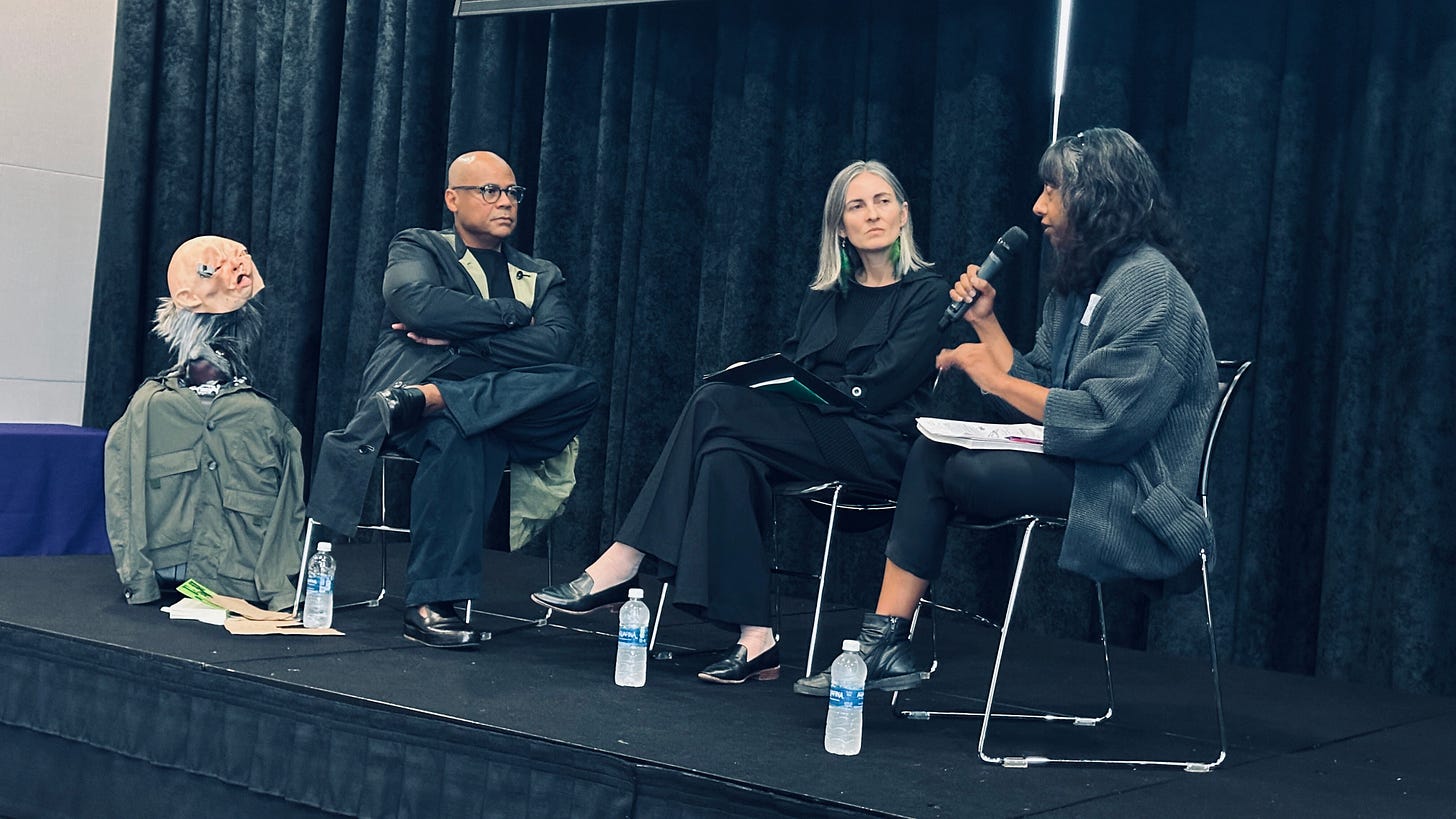Waiting in the airport last Friday morning for a flight to Seattle, I noticed a youngish man with shoulder-length hair, glasses, and plain blue slacks over in the corner of the crowded gate area, sitting wide-legged on the floor. Quietly, unselfconsciously, he performed some yoga stretches–forward fold, bound angle, twists, while most everyone else in the gate area were hunched in the molded plastic chairs with their Starbucks coffees, faces lit by smartphone screens.
Rather than looking at a screen, I was doing what I often do in public: people-watching (hence my noticing him). Automatically, and below my consciousness, my body began imagining how those stretches would feel for me in that moment, how delicious. I considered getting up to stretch myself, but was worried about drawing attention to my movements (as a woman, and, for some reason, because I didn’t want to appear to be “copying” him). As I processed this conundrum, I observed a college-age woman to my left stand up and begin stretching her quadriceps by holding one foot up to her butt and then the other. Another 30 seconds passed. I was between the two stretchers. Eventually, I stood up and did my own quiet movements near my chair —some gentle triangle poses to open my hips and adductors, quad stretches, a gentle twist. I reached my arms above my head, and out to the side. While twisting, I observed that an elderly man behind me had also now stood up from his seat. I saw him press both palms into the wall above the chairs while raising and lowering his heels.
After a couple of minutes all four of us returned to stillness, sitting or standing, while the majority of the people at the gate continued to gaze at their screens. We didn’t meet each other’s eyes, but something had passed between us, like a breeze that had lifted and rearranged just four receptive leaves. It had flowed first through the man in the blue slacks, then touched the young woman, me, the older man. We had responded to each other, to the movement, without words. For a moment, we’d left both habit and our heads.
Our breath had opened, becoming another breeze we could direct.
This was an embodied experience—an experience of feeling my somatic and energetic entanglement with strangers. But, since I am a writer, I’m trying to convey it here in words. My mind, accustomed to meaning-making, wants to connect the experience to art, to the ways in which art, writing, poetry, ideas, move through us without our conscious participation. I want to make an argument for the power of art and artists, to participate in and instigate—to ruffle and be ruffled by—these breaths that move us.
In Seattle, I had the pleasure of being a featured poet at the Fall Convergence on Poetics, an annual symposium of experimental writing hosted by the University of Washington Bothell. There, I was grouped with the amazing Ronaldo Wilson and Mita Mahato—artists whom I’ve admired for a long time—for presentations and conversation. The theme of this year’s Convergence was Connection, and the greatest pleasure of participating in the event was the connections I made with artists whose work I already knew (Mahato, Wilson, Ching-In Chen) as well as those who were new to me and whose work I’m excited to delve into (Jeanne Hueving, Eleni Stecapoulos, Juan Carlos Reyes). Appearing alongside these writers also felt like a gift because although our work and backgrounds are very diverse, there seemed to be a shared language, a shared rangy approach to genre, a bravery about trial and error. It was a place where I didn't feel the need to explain or justify the hybridity of Feathers (though I don’t mind talking about this with people who aren’t familiar with hybrid genre literature). The conversation could begin a couple of steps forward from the starting line.
And connections there were. In the conversation portion of my time on stage with Mahato and Williams, I asked Mahato—whose gorgeous new book Arctic Play comes out next week—how her imagination works: whether it usually begins with a linguistic, visual, or material spark. She answered that it’s not one of these, but rather her imagination engages as a result of a weaving between these elements, when she experiences the connections or overlaps between seemingly separate things, or, as she described it, “metaphor as hallucination.” For example, glaciers in Arctic Play are “played by” pieces of light blue plastic that indeed look, hauntingly, like glaciers.
This answer resonates deeply with how I approach my own work, and especially my composition process for Feathers: A Bird-Hat Wearer’s Journal which relied heavily on juxtaposition as a method of thinking/feeling my way through my enthrallment with bird hats. When asked about how I brought the different modes and forms together in the book, I’ve made analogies to collage, which uses spatial relationships to bring forward unexpected connections, and to musical composition, where a composer might bring in a certain instrument to create a particular effect.
Wilson, too, is so deeply tuned to the links between embodiment and language and the present and past that his “readings” are most often improvisatory performances. He seems to arrive on stage with a small menu of possibilities, or something on his mind/heart, but follows his intuition and body once he’s there, riffing, changing direction when needed. For example, at the Friday night reading at an art gallery, he pulled out his iPhone and played a recording of an “opera” he’d improvised that afternoon while walking through the airport. The song was about a tense interaction he’d had on the airplane with an older white couple who were behaving badly, and who he eventually decided to “read for filth.” While playing the recording from his phone over one mic, he improvised back up vocals on another mic, while also hanging a couple of rubber (“white face”) halloween masks around the stage. At Saturday's performance, he showed a poetry video while dancing in front of the stage and wheeling around his roller bag suitcase on top of which he’d put one of the masks and around which he’d wrapped a jacket, creating an eerie dance partner.
Watching Wilson reminded me of the power of improvisation, the intense presence one can experience when we sense that both we and the performer don’t know what’s going to happen next. Wilson says he doesn’t often like to read from previously published work because it feels like “repeating labor I’ve already done.” Instead of rehearsing past thoughts, past connections, he’s feeling with, thinking with, himself, his audience, this moment. I have the urge to call this “brave,” but perhaps more than bravery this approach signals trust: trust in himself, trust in his audience, as well as a profound openness to layers upon layers of context.
Watching Wilson reminded me of the power of improvisation, the intense presence one can experience when we sense that both we and the performer don’t know what’s going to happen next.
Which brings me back to the airport gate and that brief, emergent moment that passed between strangers. Although part of me wants to articulate the moment (as you’ve seen here), to theorize and describe, I also understand that constant meaning-making, and the drawing of even somatic experiences into the realm of theory, is a pattern we learn from modernity, one that can suck the juice out of lived experience. As Vanessa Machado de Oliveira writes in Hospicing Modernity, “We search for the meaning of life. We value things that are meaning-full, we ignore things that we perceive to be meaning-less. This obsession with meaning overrides other sensibilities to the point where we can only register what we consider meaning-full, and we may numb to sense-fullness (in the broadest, most sensorial sense)” (21).
Meanwhile, the birds outside my window just lifted off a rain-soaked cedar all at once and then settled back down again into slightly different places.







What a beautiful moment to share with strangers, recognizing a pull that connected all of you.